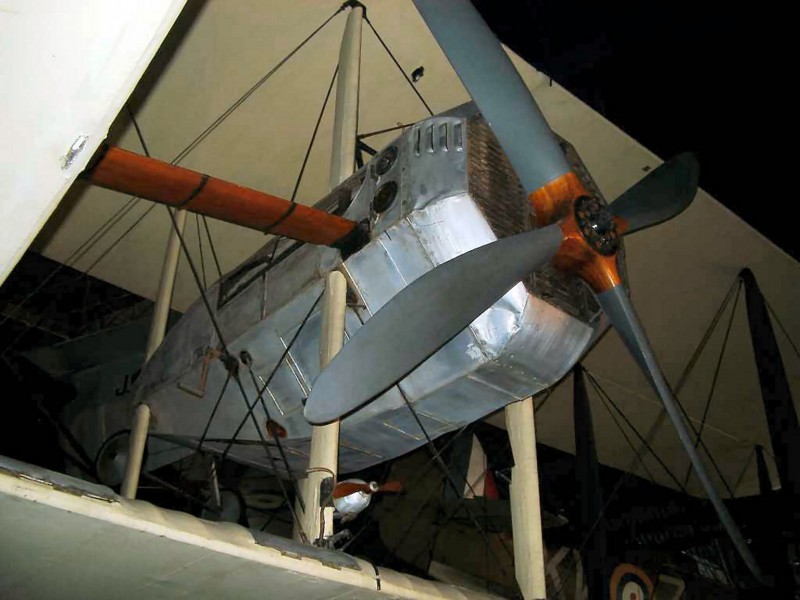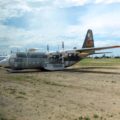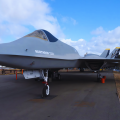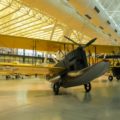
Vickers Vimy | |
|---|---|
| Country | UK |
| Type | Heavy bomber aircraft |
| Description | Album of 27 photos walk-around of a Vickers Vimy |
Galleria fotografica di un Vickers Vimy, The Vickers Vimy è stato un bombardiere pesante britannico della prima guerra mondiale e dell'era post-prima guerra mondiale. Raggiunse il successo sia come aereo militare che civile, stabilendo diversi record notevoli nei voli a lunga distanza nel periodo tra le due guerre, il più celebrato dei quali fu la prima traversata non-stop dell'Oceano Atlantico da parte di Alcock e Brown nel giugno 1919.
fonte: Vichers Vimy il Wikipedia
Vedi anche:
Il Vickers Vimy era un bombardiere pesante britannico sviluppato e prodotto dalla Vickers Limited. Fu progettato da Rex Pierson, capo progettista della Vickers, durante le ultime fasi della prima guerra mondiale per equipaggiare il Royal Flying Corps (RFC). Il Vimy aveva una configurazione biplana con due motori Rolls-Royce Eagle VIII, ciascuno dei quali produceva 360 cavalli. La Vimy poteva trasportare fino a 1.124 kg di bombe e aveva due mitragliatrici Lewis per autodifesa. Il Vimy aveva un'apertura alare di 20,47 m, una lunghezza di 13,27 m e un'altezza di 4,65 m. Aveva una velocità massima di 166 km/h, un tetto di servizio di 3.048 m e un'autonomia di 1.465 km.
Il Vimy non vide combattimenti attivi durante la prima guerra mondiale, poiché solo pochi aerei erano entrati in servizio quando l'armistizio fu firmato nel novembre 1918. Tuttavia, il Vimy divenne il nucleo della forza di bombardieri pesanti della RAF per tutto il 1920 e fu utilizzato in varie operazioni militari in Medio Oriente e in India. Il Vimy ha anche avuto una carriera civile di successo, in quanto è stato utilizzato per il trasporto passeggeri e voli da record. Il più famoso di questi fu la prima traversata non-stop dell'Oceano Atlantico da parte di John Alcock e Arthur Brown nel giugno 1919, volando da Terranova all'Irlanda in 16 ore e 12 minuti. Altri voli degni di nota includevano il primo volo dall'Inghilterra all'Australia di Ross e Keith Smith nel dicembre 1919 e il primo volo dall'Inghilterra al Sudafrica di Pierre van Ryneveld e Quintin Brand nel febbraio 1920.
Il Vimy fu ritirato dal servizio militare nel 1933 e dal servizio civile nel 1937. Fu sostituito da aerei più avanzati ed efficienti come il Vickers Virginia e il Vickers Wellington. Il Vimy è stato un'importante pietra miliare nello sviluppo dell'aviazione e ha dimostrato il potenziale della potenza aerea a lungo raggio.

Visualizzazioni : 2304











